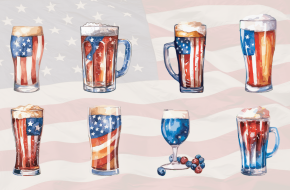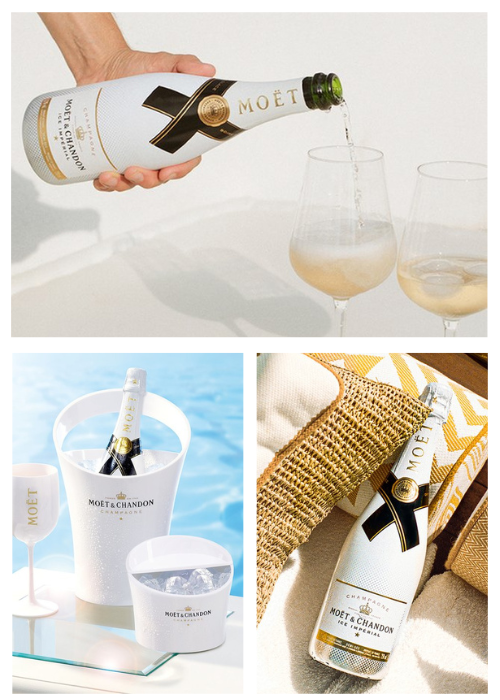In Praise of Corks
The allure of corks isn't merely technical. It's symbolic. The ceremonious pop of a cork being removed carries a legacy, a tradition that dates back centuries. In many ways, it's akin to opening a time capsule. The world of Michelin star dining has capitalized on this theatre. A beautifully aged cork presented on a silver tray signifies more than just the wine; it represents an era, a history, and the passage of time.
In the intriguing labyrinth of wine culture, there exists a niche, almost cult-like subset of aficionados for whom the wine's experience begins even before the first sip. For them, the cork isn't just a stopper; it's a prologue to the wine's tale. With a fervour reminiscent of art connoisseurs studying a masterpiece, they scrutinize its texture, age, and any minute details inscribed upon it, seeking clues about the wine's past. A ritualized sniff can elicit a symphony of comments, a discourse on the cork's merits or flaws, setting the stage for the conversation that ensues once the wine itself is tasted. It's a dance of sensory exploration and camaraderie, underscoring the fact that for many, the joy of wine lies as much in the chatter and geeky analysis as in the actual drinking.
But, as with all romances, there are heartbreaks. My personal trysts with white Burgundies from the 2000s serve as painful reminders. The gamble with cork often leads to disappointment. Bottles, which hold within them the promise of a beautiful tasting experience, sometimes end up being poured down the drain, victims to the inconsistencies of their closures. In moments like these, one can't help but wonder: don't wine enthusiasts who invest so heavily in these pleasures deserve better?
The Rise of Screwcaps
The 21st century brought with it a challenger to the throne: the screwcap. No longer just the preserve of inexpensive wines, these closures started gaining traction in regions like New Zealand, which dared to question convention. The advantages were clear and manifold: elimination of cork taint, consistent aging, and reduced wastage.
My recent experience with a 2009 Felton Road Pinot Noir, a leading New Zealand wine bottled under screwcap, was eye-opening. A wine aged under this closure retains its youthfulness and energy, whilst still exuding softer more mature characteristics associated with an aged wine, challenging the widely held notion that wines under screwcap don't age as well. It may be true that the evolution is slower, or perhaps retains a slightly different aspect, but on this occasion it was an exciting and intriguing showing which left me wanting more.
However, the industry's hesitation is palpable. The association with cheaper wines, the perceived inability for long-term aging, and the concern about brand image and consumer perception create reluctance. Yet, when a New Zealand Chardonnay (Bell Hill) under screwcap not only held its ground but also outshone its counterparts in a blind tasting I hosted in New York, it became evident that the narrative was shifting.
Trends and Transformations
As the world evolves, the fine wine industry too stands on the brink of a revolution. There's a discernible hesitance among traditionalists, of course. Can a wine sealed with a screwcap truly match the grandeur of one with a cork?
But with every passing year, as more evidence emerges and as renowned wineries start experimenting with alternative closures, these voices of scepticism are becoming softer. Chateau Margaux’s exploration of screwcaps, even if just for research, is a testament to the changing times.
Visions of the Future
The landscape of wine appreciation is evolving, and the next decade promises to be transformational. Enter the new generation of wine enthusiasts: a cohort that marries passion with pragmatism. These modern drinkers are not just influenced by taste and aroma, but also by the environmental and ethical footprint of their wines. They value sustainability, ethics, and quality, often placing these above the romanticism of age-old traditions. For instance, the trend towards organic and biodynamic wines, as well as a surge in demand for transparent labelling, echoes this change in consumer priorities. This generational pivot isn't merely a fleeting phase; it's a sign of evolving values that challenge long-held beliefs in the wine world.
Moreover, as concerns about climate change intensify, this new generation is more receptive to innovations that reduce the carbon footprint, even if it means breaking from tradition. A bottle closed with a screwcap, which is easily recyclable and ensures consistency, might appeal more to this eco-conscious demographic than one sealed with a cork that has a chance of compromising the wine.
Innovations in wine closures aren't limited to screwcaps. There's a growing interest in alternative closures like DIAM, a technical cork made from natural cork granules, cleaned to remove TCA (the compound responsible for 'cork taint'). DIAM ensures consistency in oxygen transfer rates, marrying the benefits of traditional cork and technological advancements. Notable wine producers, like Louis Roederer, have embraced DIAM closures for some of their wines, signalling an industry-wide openness to evolution. DIAM closures, with their blend of tradition and technological innovation, tend to be more expensive for producers than the simpler and widely-adopted screwcaps.
In addition to DIAM, other composite materials are being tested and adopted by various vineyards, highlighting the industry's proactive approach to addressing the imperfections of traditional corks. While there's reverence for the past, there's also an unmistakable excitement about the future. And as this future unfurls, it will be shaped as much by technological and scientific advances as by the values and preferences of the next generation of wine aficionados.
Concluding Thoughts
While my personal memories are steeped in the charm of corks, I find the potential of screwcaps and other modern closures such as DIAM invigorating. For new wineries, this could be an era of differentiation, of carving a unique identity. After all, isn't wine about evolution, about capturing the essence of time in a bottle? As we move forward, perhaps the debate will shift from the type of closure to the quality of the elixir within. Because in the end, it's the symphony of flavours, aromas, and experiences that truly defines a great wine.





